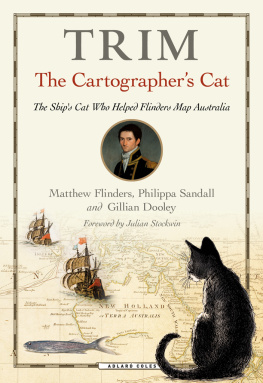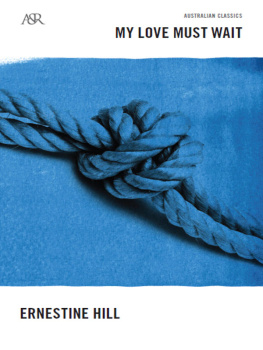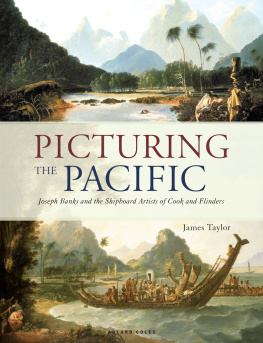

ADLARD COLES
Bloomsbury Publishing Plc
Kemp House, Chawley Park, Cumnor Hill, Oxford, OX2 9PH, UK
This electronic edition published in 2019 by Bloomsbury Publishing Plc
BLOOMSBURY, ADLARD COLES and the Adlard Coles logo are trademarks of Bloomsbury Publishing Plc
First published in Great Britain 2019
Copyright Philippa Sandall and Gillian Dooley, 2019
Illustrations Ad Long, 2019
Philippa Sandall and Gillian Dooley have asserted their rights under the Copyright, Designs and Patents Act, 1988, to be identified as Author of this work.
All rights reserved
You may not copy, distribute, transmit, reproduce or otherwise make available this publication (or any part of it) in any form, or by any means (including without limitation electronic, digital, optical, mechanical, photocopying, printing, recording or otherwise), without the prior written permission of the publisher. Any person who does any unauthorised act in relation to this publication may be liable to criminal prosecution and civil claims for damages.
A catalogue record for this book is available from the British Library
Library of Congress Cataloguing-in-Publication data has been applied for
ISBN: 978-1-4729-6722-0 (HB)
ISBN: 978-1-4729-6720-6 (eBook)
ISBN: 978-1-4729-6723-7 (ePDF)
To find out more about our authors and their books please visit www.bloomsbury.com where you will find extracts, author interviews and details of forthcoming events, and to be the first to hear about latest releases and special offers, sign up for our newsletter.
Dedication
To Lisette Flinders Petrie.
Thank you for sharing Trims tale with the world.

Contents
Matthew Flinders RN
Gillian Dooley PhD
Trim
Foreword
by Julian Stockwin
For some reason, the tale of Flinders and his much beloved cat has always touched me. Indeed, Trims portrait resides proud and prominent in my writing cave as I write this.
My interest and respect actually goes back to my days serving in the Royal Australian Navy when I first learned about his vital role for the one who invented the term Australia. In general, sea officers are not given to writing about their feelings and, as far as Im aware, his epitaph and tribute to his cherished companion stands alone in history, giving us an all too human insight into what these feline shipmates meant to mariners confined to the boundaries of their so frail barks for months, even years at a time. He was clearly Flinders cat, snuggling into his captains cot, while on deck, tempests roared about them and always cheekily taking advantage of his quarterdeck status. At the same time, as is the way of the sea-cat, he would deign to walk and talk with the sailors, casting his beneficence without fear or favour both to high and low. Even, to my considerable admiration and esteem, swarming up the ratlines to join them in the main-top in fisting the sails to a reef albeit in a supervisory capacity.
At sea, the captain of a ship is in a peculiar situation. The merchant service has a quaint phrase to be found in the ships papers which, for me, sums it up in one: he is Master under God of his particular ship. Every soul aboard must render him respect and obedience, but in return, they could place their complete trust in him to see them through life and death perils of a kind never to be faced on land. There was no-one the captain himself could share his fears and doubts with and all decisions must be his own.
The loneliness of command was and is a very real thing for the captain of a ship but how much more was it for a solitary explorer of unutterably remote regions whose only maps and charts were the ones he made up himself as he sailed ever deeper into the vast unknown? That Flinders knew he was all but forgotten while the rest of the world was locked into a bitter war for survival and supremacy could only intensify his feelings, and that Trim was there to share them was, from the evidence in this volume, crucial to the success of this epic of navigation.
And that the pen of Philippa Sandall, the original Seafurrer, should be the one to bring this saga together can only be meet and right!
Julian Stockwin, an avowed cat lover himself, writes the internationally-acclaimed Thomas Kydd series of historical adventure fiction. More information can be found on his website www.julianstockwin.com

Introduction
While many of us have grieved over the loss of a beloved pet, few of us have turned our sadness into a tribute, let alone a tribute thats become the worlds most timeless tale about a ships cat.
Matthew Flinders did. While the manuscript found among his papers is dated 1809, he was clearly rehearsing this story in his heart and head for some time as there were at least two earlier drafts in English and French. Translating into French the history of my cat Trim, which I wrote out for the purpose, he notes in his Private Journal on Sunday 11 January 1807.
Its not hard to imagine Flinders, while stuck in Mauritius, enlivening the lessons he gave Madame Louise dArifats children in mathematics, principles of navigation and English with tales of Trims intrepid adventures. Nor is it hard to imagine him heading home and putting pen to paper, egged on by their delighted response and requests for more. The story he has left us is more than a story about a ships cat who lapped and mapped Australia, its a story packed with informal details of shipboard life you wont find in logs or official accounts of voyages.
From the very first lines, Flinders sets a light-hearted tone, renaming HMS Investigator the Spyall because investigating is a kind of spying; Reliance he renamed the Roundabout because she made numerous roundabout trips to Norfolk Island. Later, the Porpoise becomes the Janty, which means jaunty, which the Porpoise absolutely wasnt; and the Cumberland becomes the Minikin, which means small and insignificant, which Cumberland absolutely was something less than a Gravesend Package Boat, according to Flinders.
For Trim, The Cartographers Cat, we went back to Flinders manuscript. As the original is safely lodged in the National Maritime Museum at Greenwich, we contented ourselves with the PDF they supplied to make a complete and faithful new transcript, correcting the many little errors we have found in various online and print editions, some of which are also significantly abridged. The Tribute manuscript is a six-page booklet, and it is so remarkable, we have included an excerpt () so that readers can share our awe at Flinders beautiful handwriting and straight lines. While we have retained his spelling, punctuation and paragraph breaks, we have corrected the odd typo such as a missing full stop Matthew didnt have the advantage of a proofreader. We have also italicised the names of ships for editorial consistency throughout.
We have also added friendly footnotes * to provide some background to his literary allusions (Flinders was very well read) and the nautical terms that might mystify modern-day and non-nautical readers.














